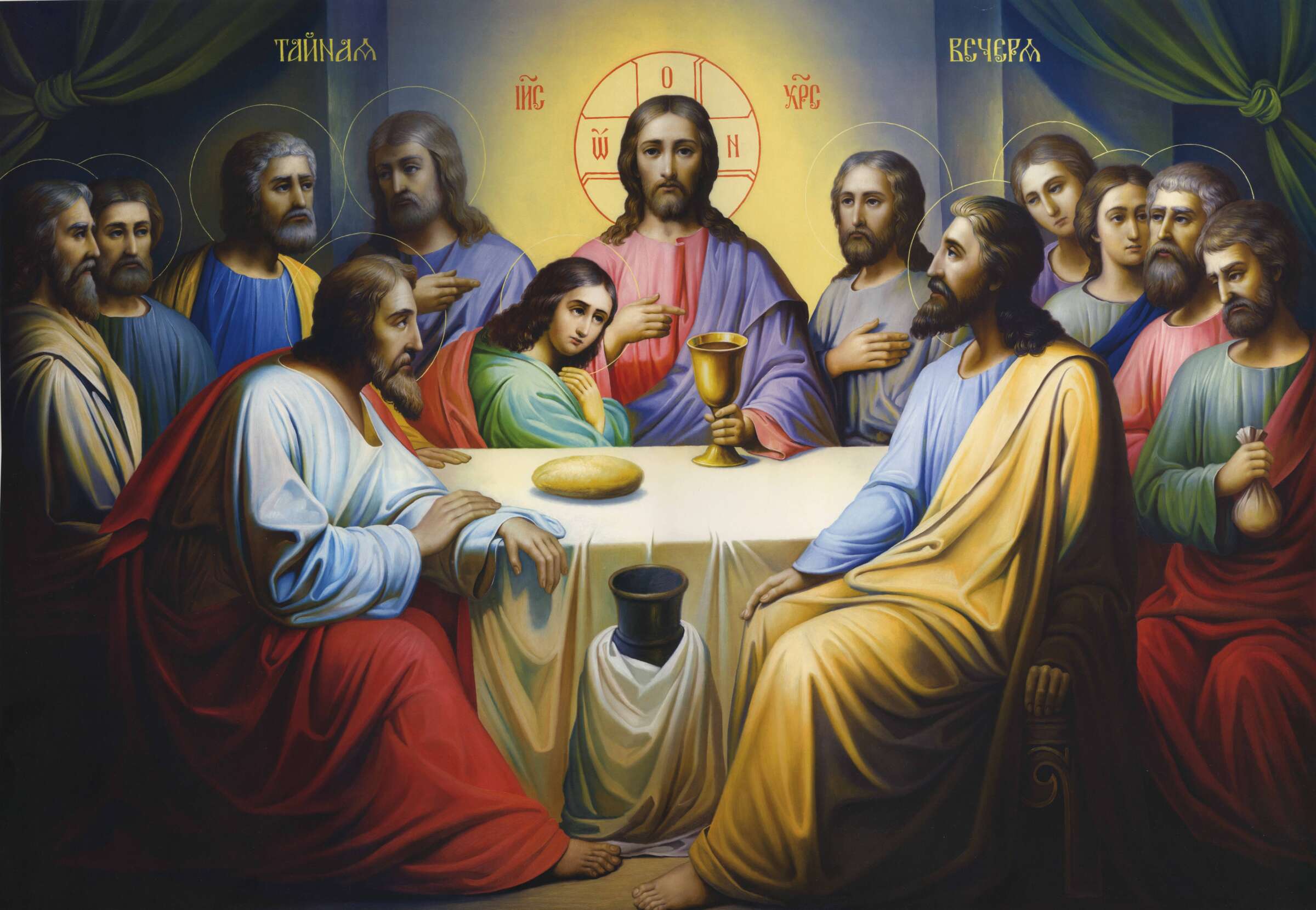Orthodox Christians
The vast majority of Orthodox Christians are part of the Eastern Orthodox Church, which is one of the three biggest denominations, or traditions, within the Christian church around the world. The others are the Roman Catholic Church and the Protestant Church. Christians in all these churches share core beliefs centred on the teachings of Jesus Christ and the importance of his life, death and resurrection for humanity. But there are differences in some aspects of their beliefs and also some practices – for example, the style and content of their church services.
Orthodox Christians can trace the history of their Church back to the earliest days of the Christian Church 2000 years ago. The word ‘orthodox’ comes from the Greek words for ‘right belief’ and many Orthodox Christians would say their beliefs and practices are authentic and that other denominations have added to or subtracted from the traditions they faithfully keep.
The word ‘orthodox’ comes from the Greek words for ‘right belief’.
Two splits within the early Christian Church over issues of theology led to the creation of the Eastern Orthodox Church as it now exists. First, in the fifth century AD, disagreements prompted some believers to leave and set up the Oriental Orthodox Church. This church continues and is mostly found in North Africa, Armenia and the Middle East.
Then, in 1054 AD, the rest of the church divided into two – forming the Roman Catholic Church, centred in Rome, and the Eastern Orthodox Church. The latter was mostly spread across Russia, eastern Europe and the Middle East with its figurehead, or Patriarch, based in Constantinople (now Istanbul) in what is now Turkey. Language differences also pushed the churches apart – the Roman Catholics used Latin; the patriarchs in Constantinople used Greek. Different perspectives developed too: for example, Eastern Orthodox art often focused on the divinity or godliness of Jesus, giving it a more mysterious appearance.
Continued below...

Services in an Orthodox Church
Orthodox Church services have a more mystical feel than many other traditions.
Often incense is lit to create clouds of sweet-smelling smoke. On the walls of the church there are icons – pictures of Jesus Christ or saints such as the early followers of Jesus, Peter, and Andrew. Orthodox Christians will kiss the icons and light candles to place in front of them. This could be to seek a blessing or help or as part of prayers. In common with the Roman Catholic Church, Mary – Jesus’ mother – is particularly honoured.
The main service on a Sunday is known as ‘The Divine Liturgy’.
Orthodox Christians usually stand for most of their services. They might move about to light candles or kiss icons. There are occasions, for example, during the season of Lent leading up to Easter, when they might kneel. The main service on a Sunday is known as ‘The Divine Liturgy’. During this service, Orthodox Christians will sing hymns, say prayers and hear readings from parts of the Bible. There will also be a sermon, or talk, by the priest. The service also includes Holy Communion, or Eucharist, where Christians share bread and wine to remember the sacrifice made by Jesus Christ when he died on the cross. Orthodox Christians and Roman Catholics believe that the bread and wine actually become the broken body of Jesus Christ during this part of the service.
Although they share much in common and have respect for each other’s position, the division between Orthodox and Roman Catholic Christians continues. In practice, this means an Orthodox Christian would not receive Holy Communion in a Roman Catholic Church.

The Archbishop of Canterbury

Why do Catholics have a Pope?

